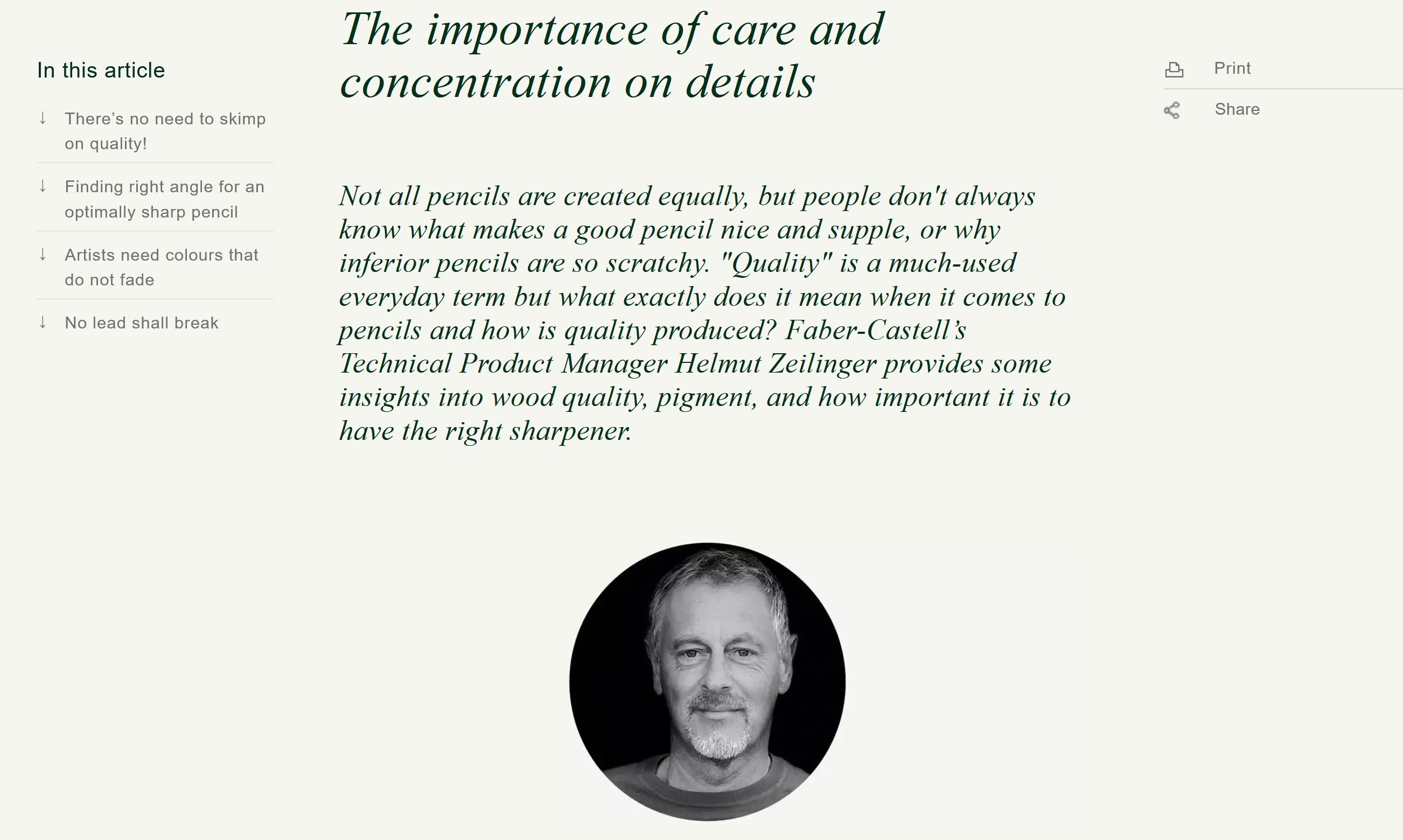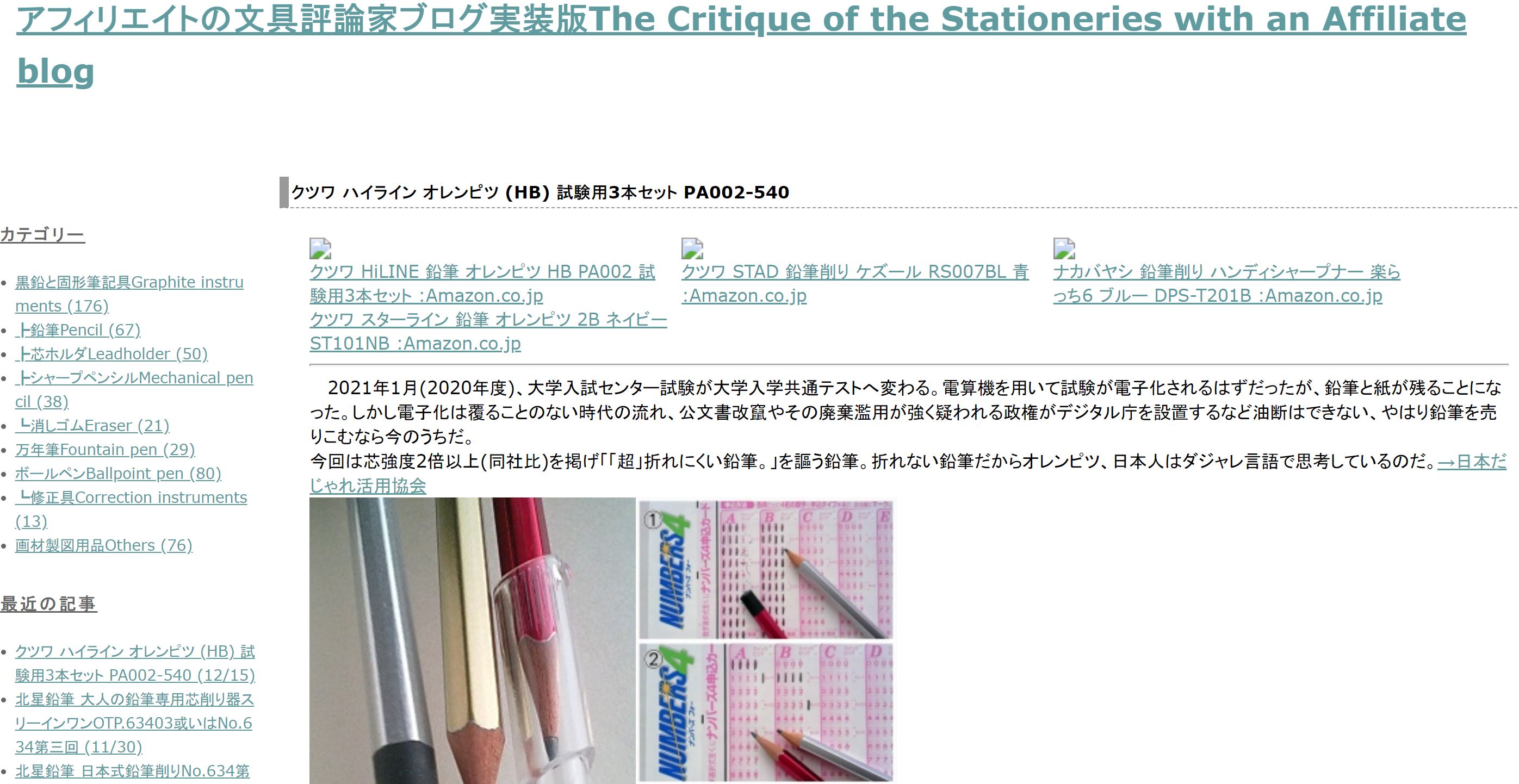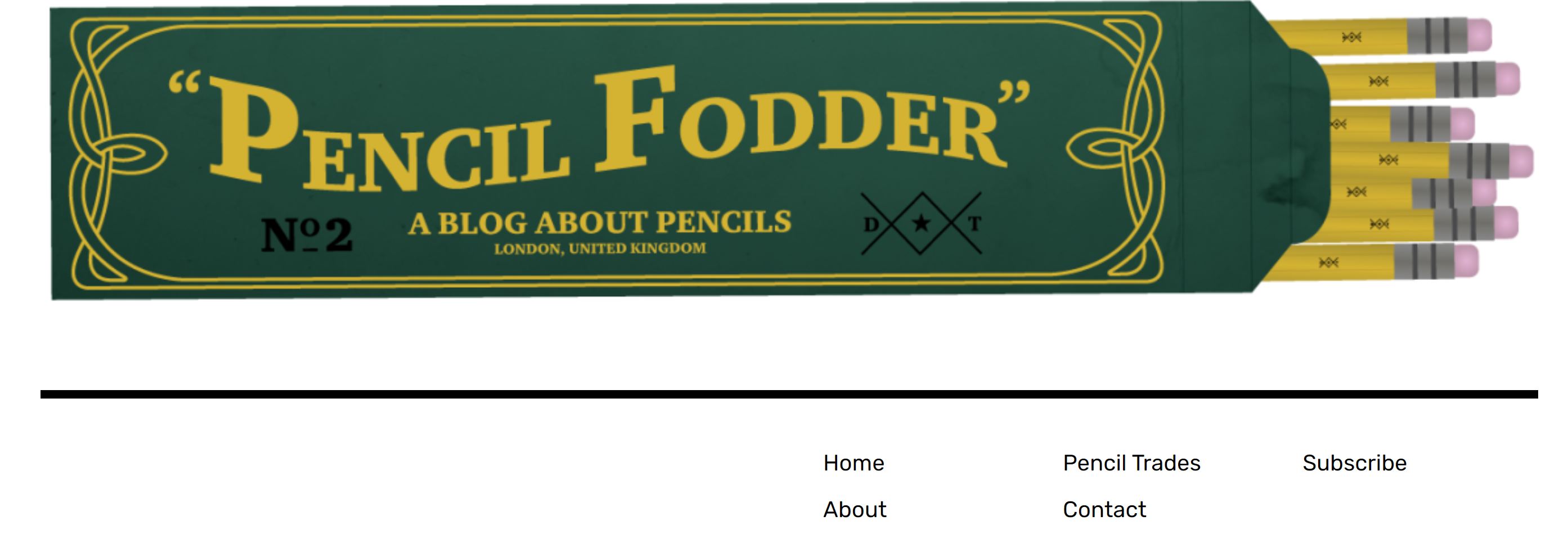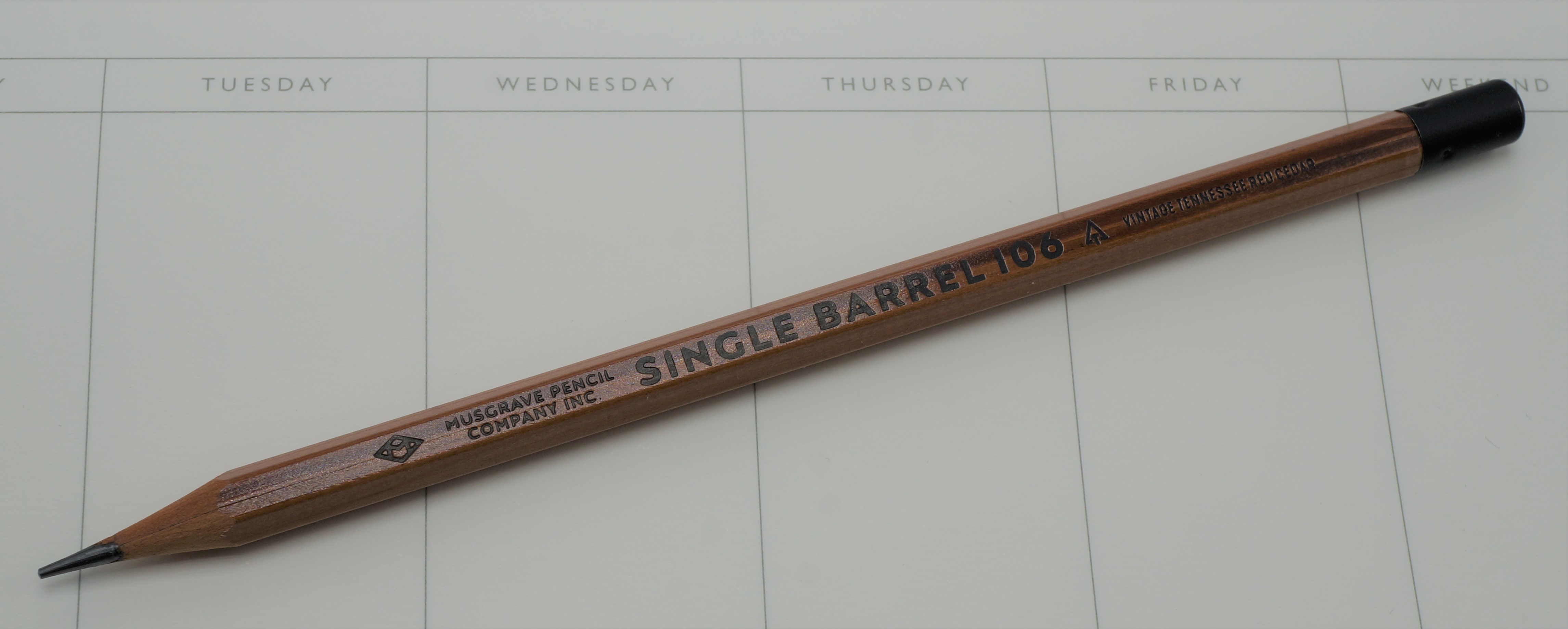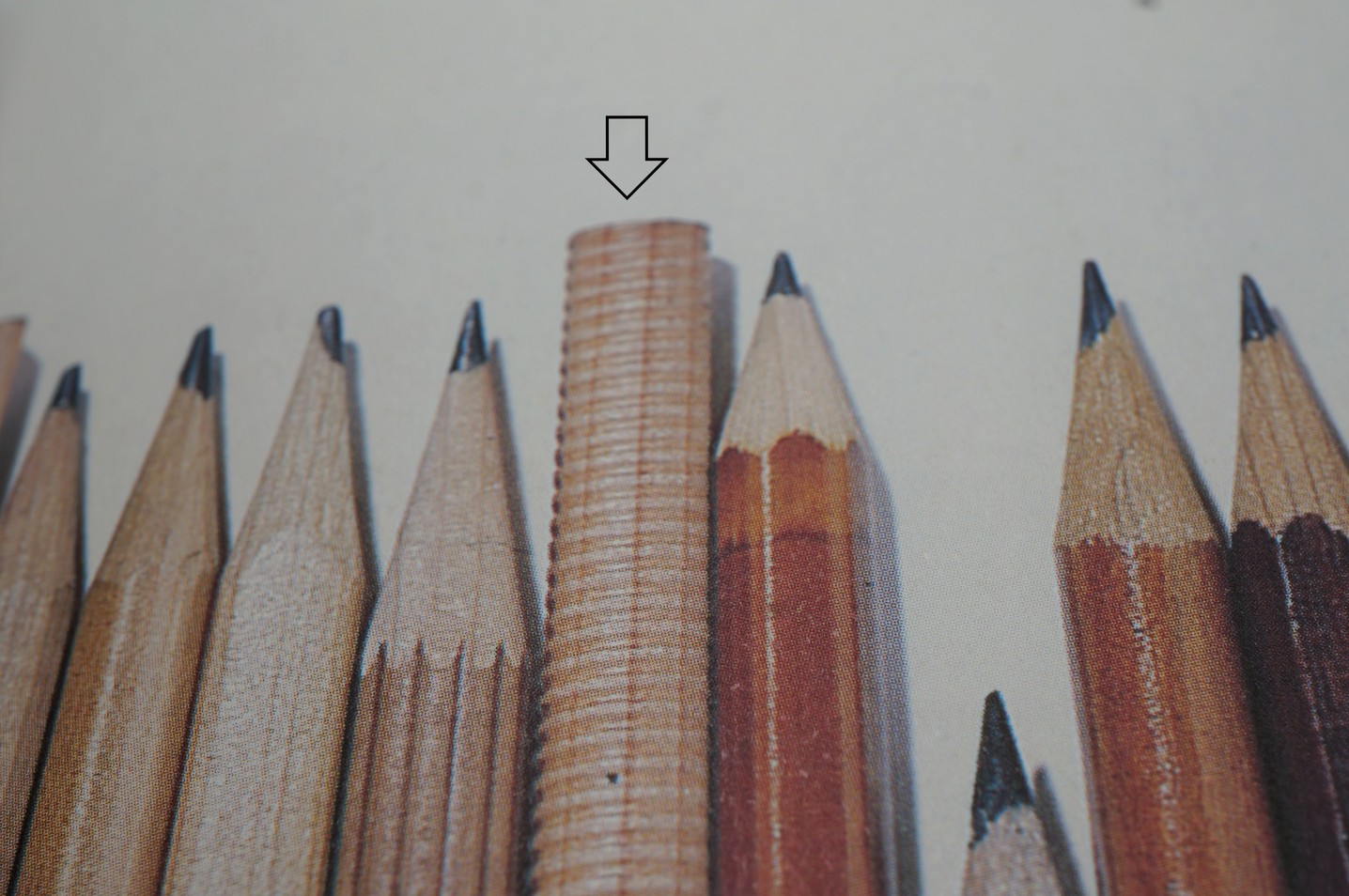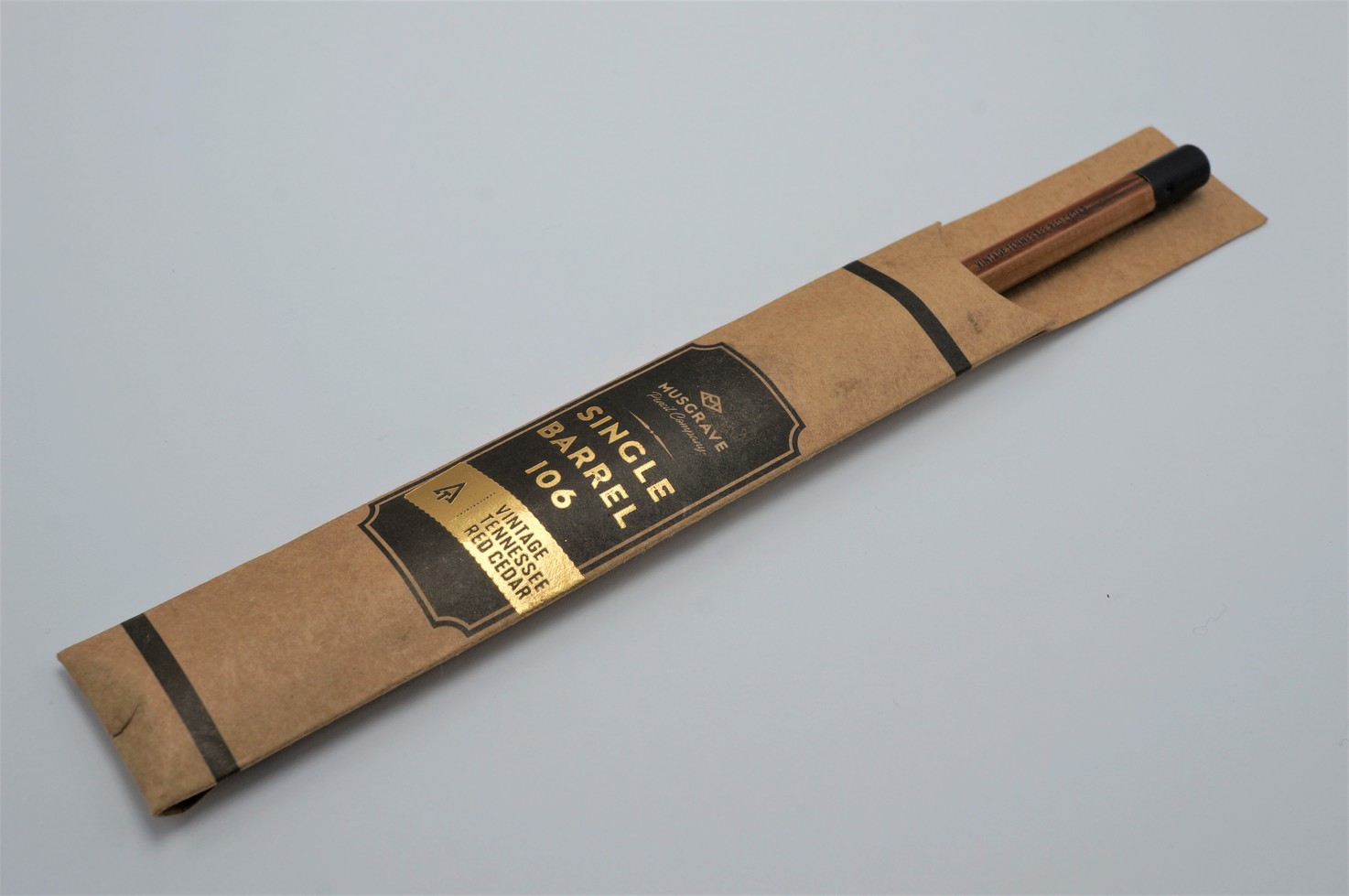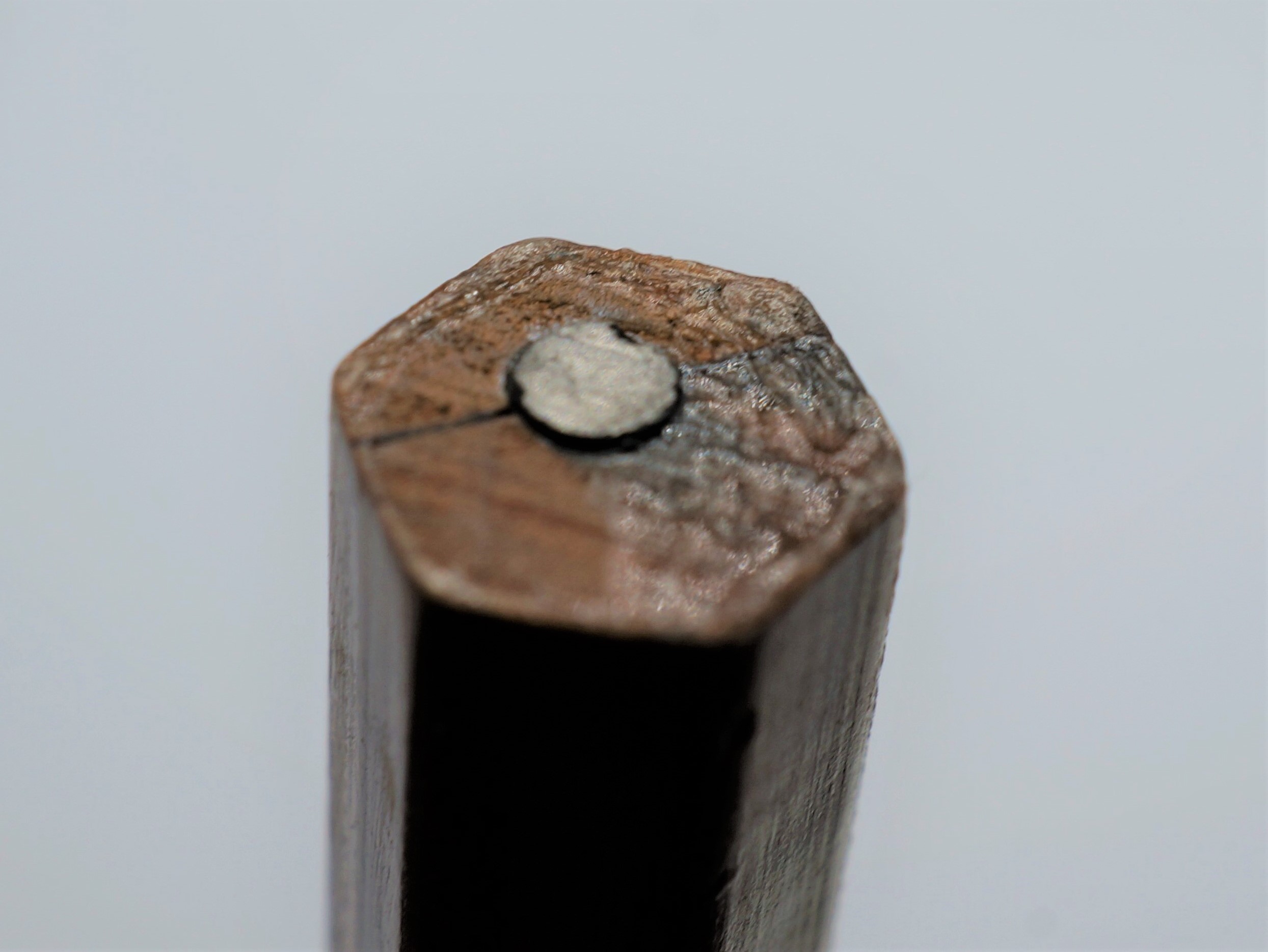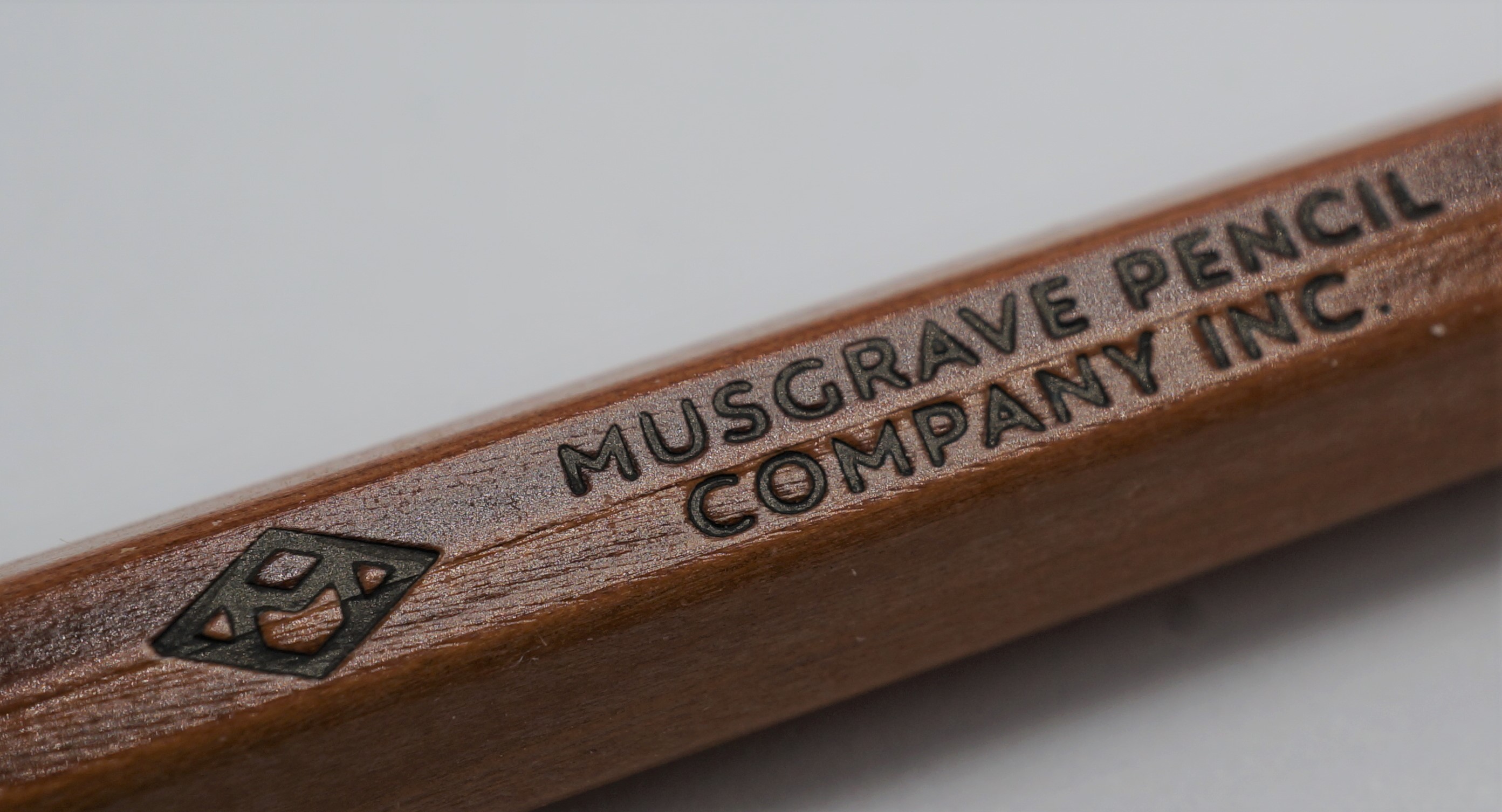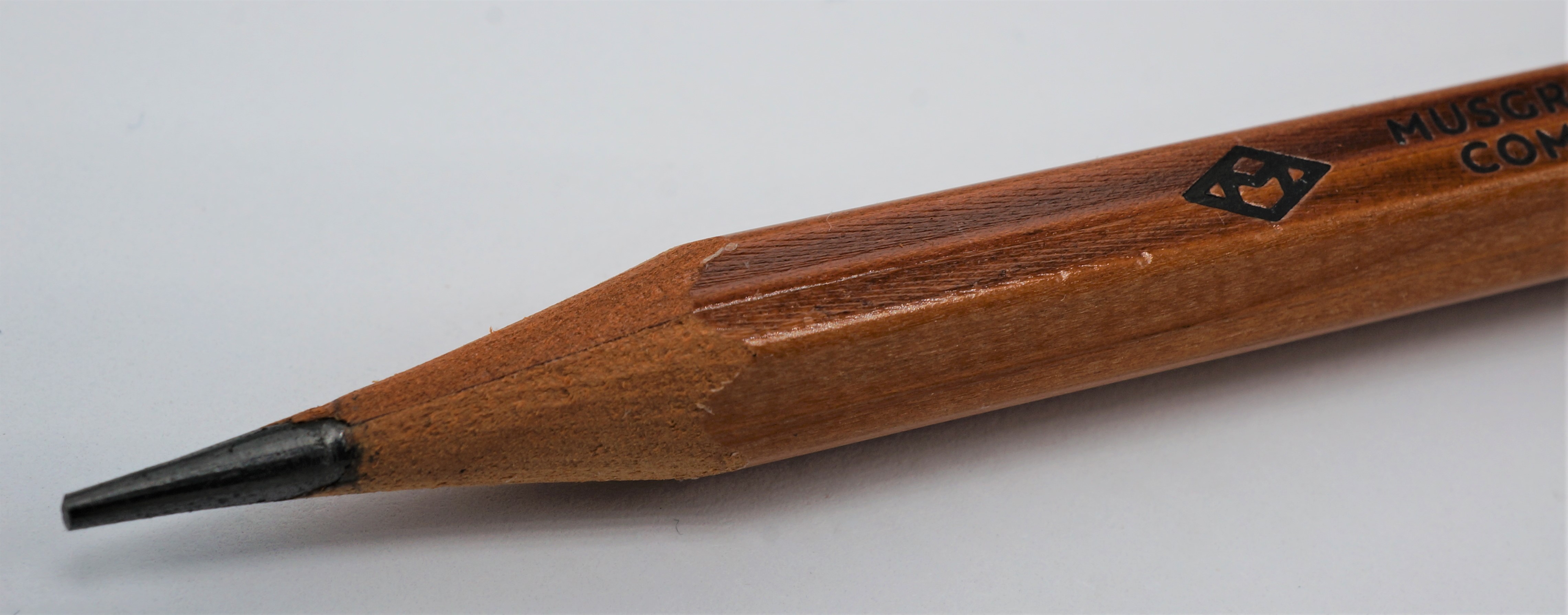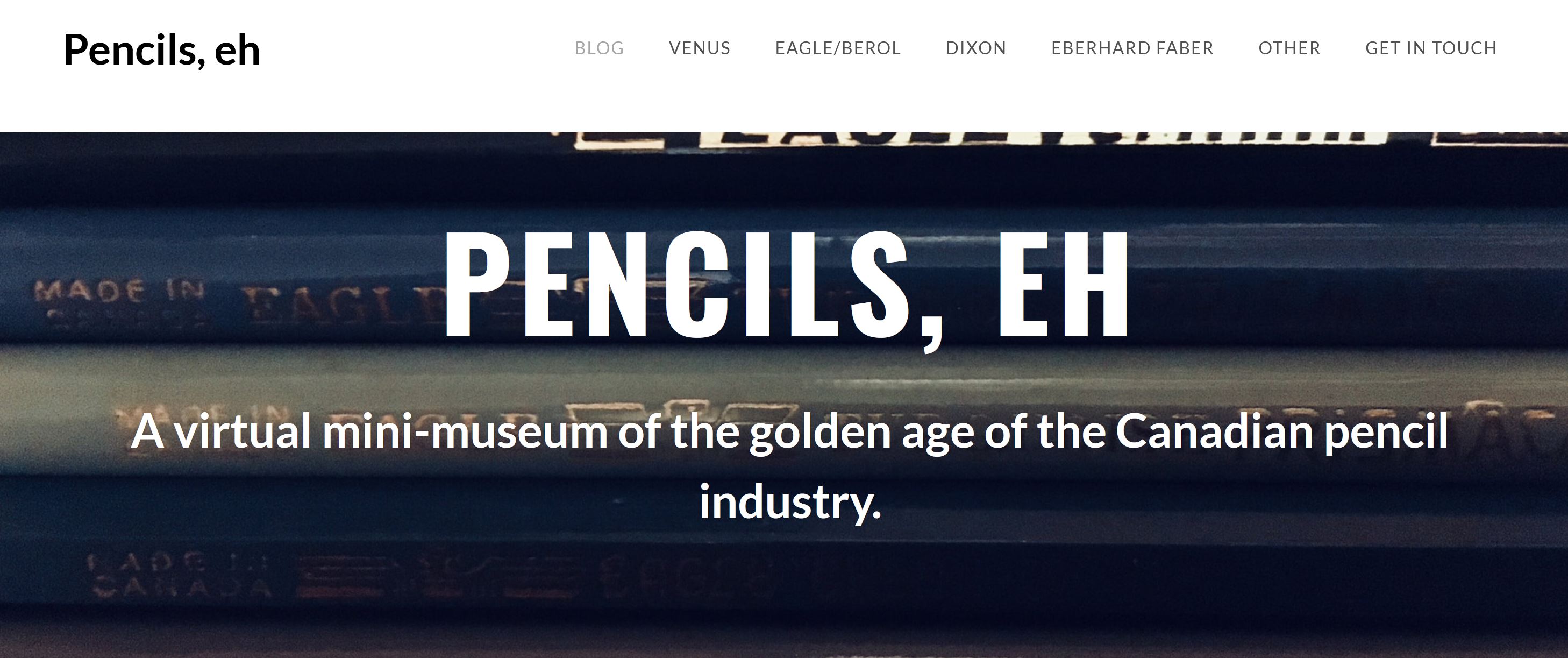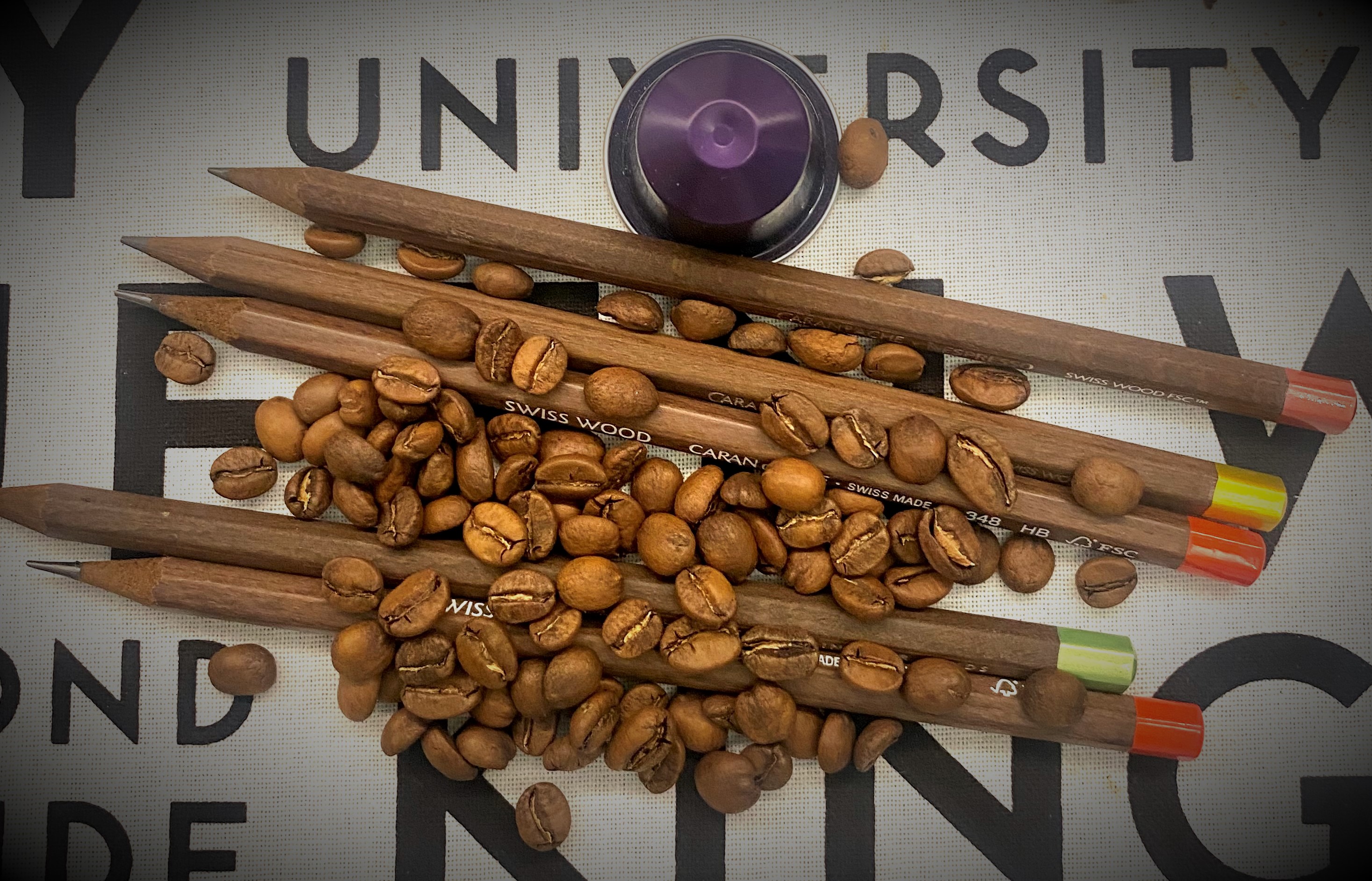
I like coffee. Most mornings I use a Bodum siphon maker or an AeroPress to create a little joy. I used to love the KitchenAid siphon maker, but it gave up the ghost and seems to be a retired model. For another type of drama, I used to own a Wilfa Precision. Although you can figure out the water flow, it persists in seeming like magic. I’ve elected to not explore stovetop or open flame approaches. I even enjoy instant coffee, which seems to have undergone slow gradual improvement over the years. I haven’t tried the new “high end” expensive instant coffees.
In 2016, I regularly stayed in hotels, almost all of which were furnished with pod or capsule coffee makers. There are many types of these – they come from Illy, Keurig, Nespresso, and others, and each manufacturer has multiple models. It took me a while to get the hang of them – I’d usually destroy the first capsule. There is a very explicit order of operations with these machines (which may seem obvious once you know it, but I didn’t) – add water to a vessel, turn on the machine, open a slot for the capsule, place the capsule, close the slot, push a button or buttons.
Let’s note something – the K-Cup inventor regrets his invention! I see the use case in a hotel room, but overall, these pods are “awful for the environment” (New York Times, 2021). Here is my hometown’s reasoning about why they don’t recycle the multiple pod formats (City of Toronto, 2018).
If you’re not aware, the venerable Caran d’Ache has been selling a series of limited edition 849 ballpoint pens. Caran d’Ache say they are “made using the aluminium from recycled capsules”. It would be interesting to know if these were post-consumer recycled capsules.
On the pencil front, Caran d’Ache just released a similar leadholder with the lead being 25% coffee grounds! Even further, they have released a version of their famous Grovelier beech Swiss Woods pencil with the 25% coffee lead!
As Caran d’Ache say, “This edition no.4 will enable people who bought the previous editions to expand their Caran d’Ache + Nespresso collection”. Good grief, that’s quite cynical. What I really don’t like is the feeling that I just bought the world’s most expensive advertising pencil. It has a lot of Nespresso branding, but it’s sold at retail as a regular writing implement. You may want to take a look at this post at Bleistift, which notes that there are multiple Nespresso collaboration products.
About the pencil – it is sold in a set of three. The cardboard packaging has three dimensional pencils and coffee beans! The pencils have striking end caps, which are painted but meant to convey the Nespresso capsule colours.
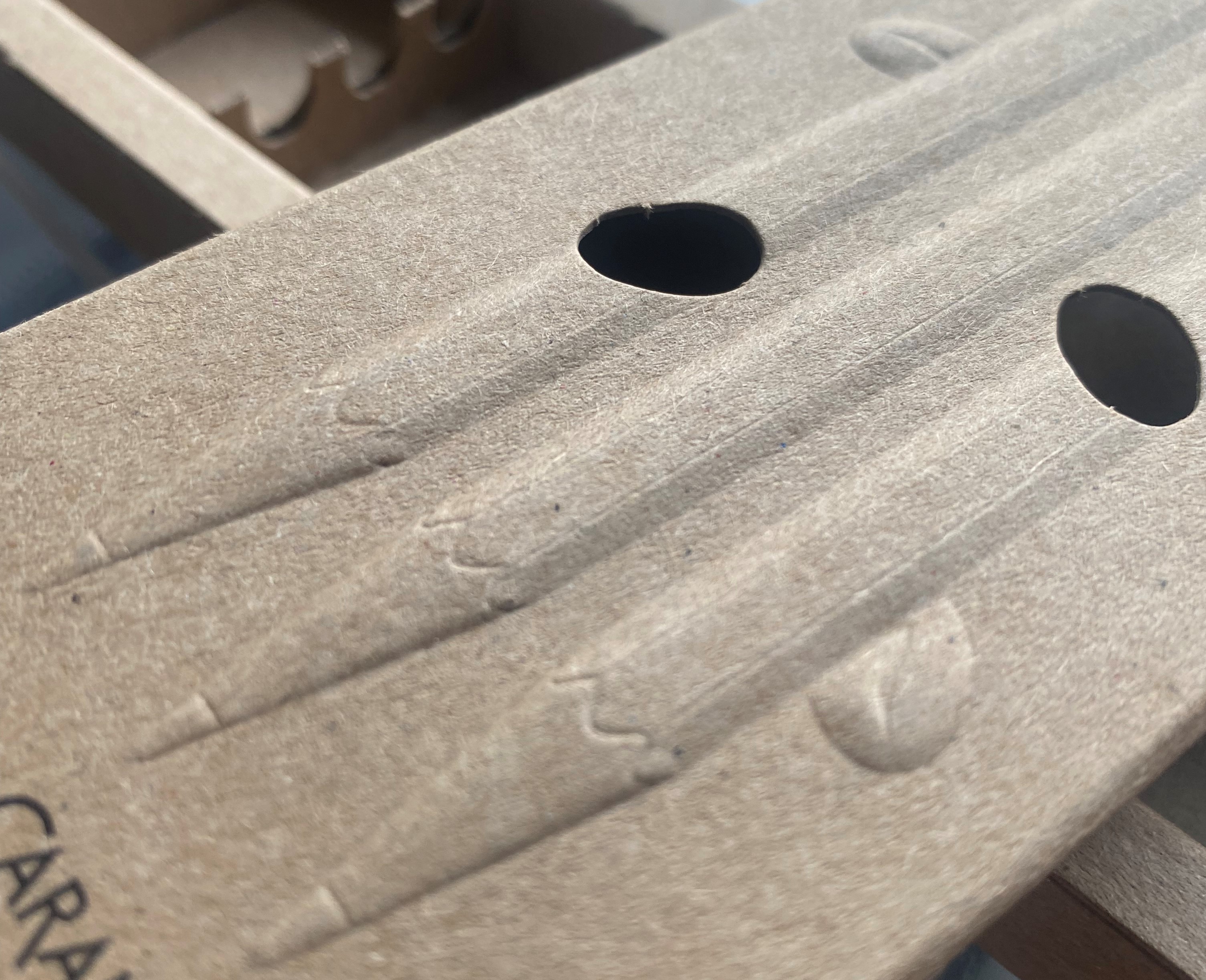
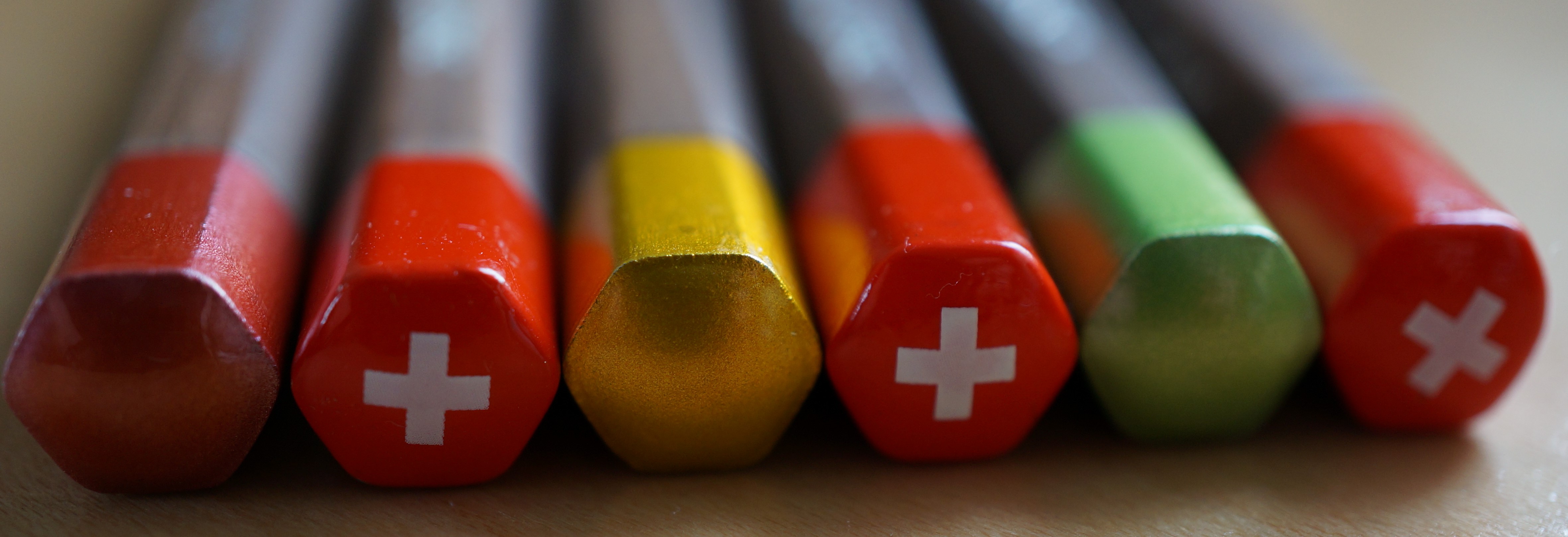
The imprint is a bit different than the standard 348 pencil, reading:
Obverse: Caran d’Ache Swiss Wood FSC TM
Reverse: A recycling story is in your hands
The lead, said to contain 25% recycled coffee grounds, is of course a curiosity. Coffee is known to make a natural stain, but can it survive the modern lead making process?
The lead seems smooth, maybe just a bit fainter than the 348, but does slightly crumble.
L: Swiss Woods 348, R: Nespresso version
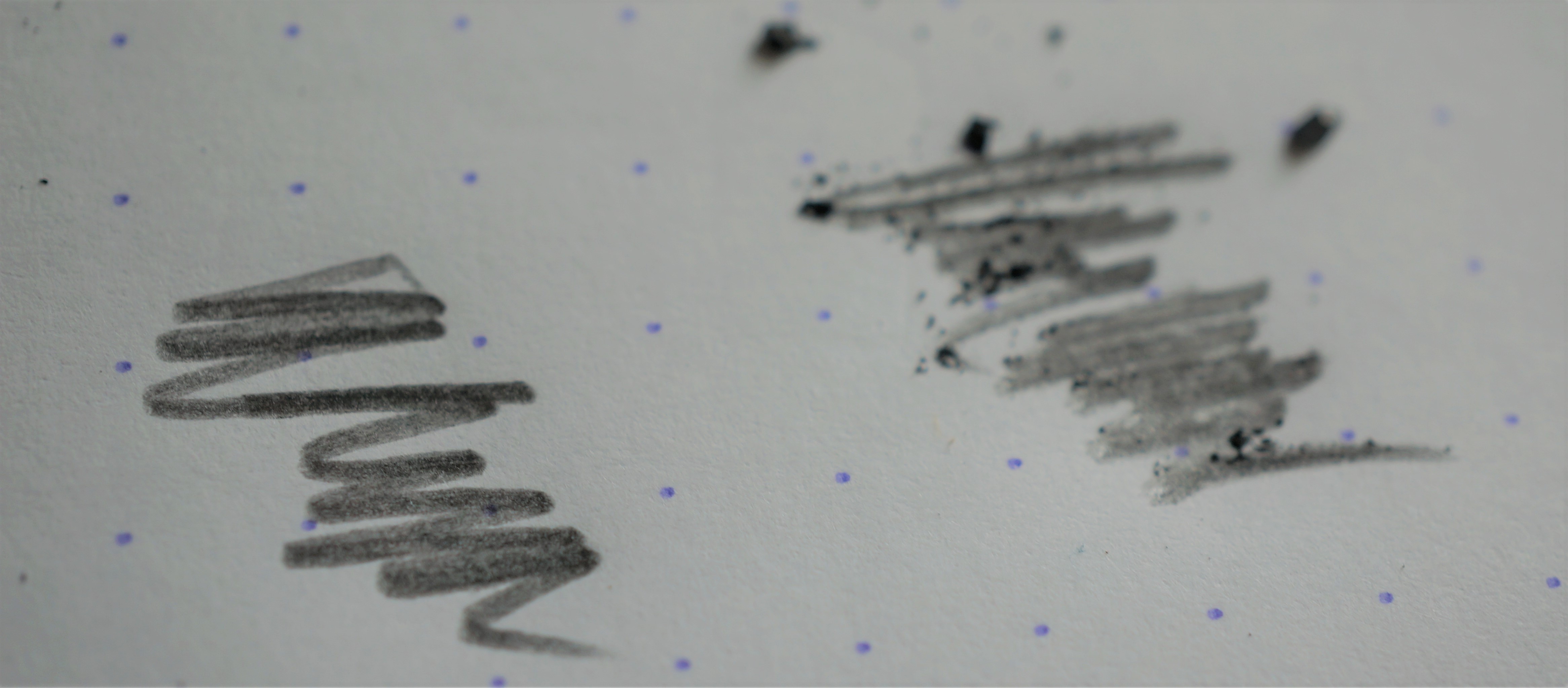
As well as being a super exotic pencil – locally made and manufactured in Switzerland from Swiss beech wood and using a lead partly made of coffee – something else stood out for me. The pencil is extremely aromatic, and not in a good way, at least for me. I’ve read that the 348 is aromatic, but I found the samples I’ve used only slightly so. This Nespresso pencil, between the beech wood and the lead (we can observe the lead independently via the Nespresso Fixpencil; it is highly aromatic), is too fragranced for me to use. I actually wondered if Caran d’Ache got an assist from their friends at Misenzir.
It is sold as a collaboration, but is it? Collaborations are a hot topic. I saw a piece on France24 just yesterday about fashion collaborations – Fashion collaborations: Revolution or commercial tool? (YouTube link). For me, this pencil is definitely different and interesting, but not fully usable.
